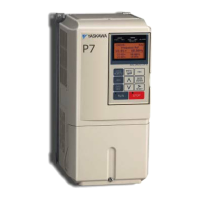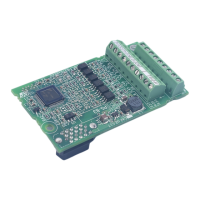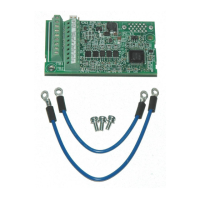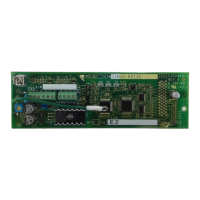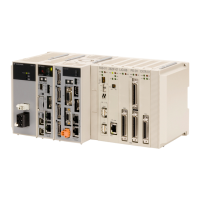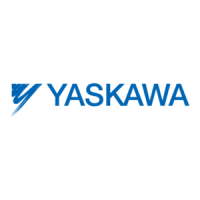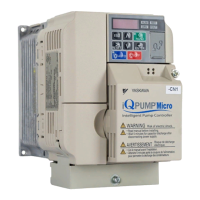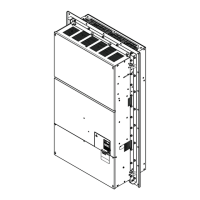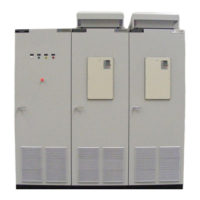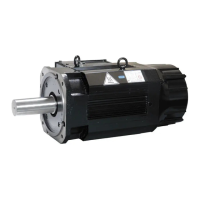u
C3: Slip Compensation
The Slip Compensation function improves the speed accuracy of an induction motor. By adjusting the output frequency in
accordance with the motor load, it compensates the slip and makes the motor speed equal to the frequency reference.
Note: Perform Auto-Tuning and make sure that the motor rated current (E2-01), the motor rated slip (E2-02), and the no-load current (E2-03)
have all been set properly before making any adjustments to slip compensation parameters.
n
C3-01: Slip Compensation Gain
Sets the gain for the motor slip compensation function. Although this parameter rarely needs to be changed, adjustments may
be necessary under the following circumstances:
• Increase the setting if the motor at constant speed is slower than the frequency reference.
• Decrease the setting if the motor at constant speed is faster than the frequency reference.
No. Parameter Name Setting Range Default
C3-01 Slip Compensation Gain 0.0 to 2.5 0.0
n
C3-02: Slip Compensation Primary Delay Time
Adjusts the filter on the output side of the slip compensation function. Although this parameter rarely needs to be changed,
adjustments may be necessary in the following situations:
• Decrease the setting when the slip compensation response is too slow.
• Increase this setting when speed is unstable.
No. Parameter Name Setting Range Default
C3-02 Slip Compensation Primary Delay Time 0 to 10000 ms 2000 ms
n
C3-03: Slip Compensation Limit
Sets the upper limit for the slip compensation function as a percentage of the motor rated slip (E2-02).
No. Parameter Name Setting Range Default
C3-03 Slip Compensation Limit 0 to 250% 200%
The slip compensation limit is constant throughout the constant torque range (frequency reference ≤ E1-06). In the constant
power range (frequency reference ≥ E1-06), it is increased based on C3-03 and the output frequency as shown in the following
diagram.
E1-04
E1-06
× C3-03
C3-03
E1-04
Maximum
Frequency
E1-06
Base
Frequency
Output Frequency
Figure 5.24 Slip Compensation Limit
n
C3-04: Slip Compensation Selection during Regeneration
Enables or disables slip compensation during regenerative operation. When slip compensation during regeneration has been
activated and a regenerative load is applied, it might be necessary to use a dynamic braking option (braking resistor, braking
resistor unit, or braking unit).
This function does not operate when the output frequency is too low, regardless of whether it has been enabled.
No. Parameter Name Setting Range Default
C3-04 Slip Compensation Selection during Regeneration 0 to 2 0
Setting 0: Disabled
Slip compensation is not provided. Depending on the load and mode of operation, the actual motor speed will be lower or
higher than the frequency reference.
5.3 C: Tuning
YASKAWA SIEP YAIP1U 01C AC Drive - P1000 Technical Manual
179
5
Parameter Details
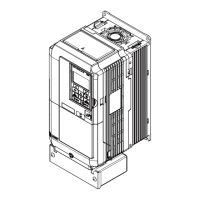
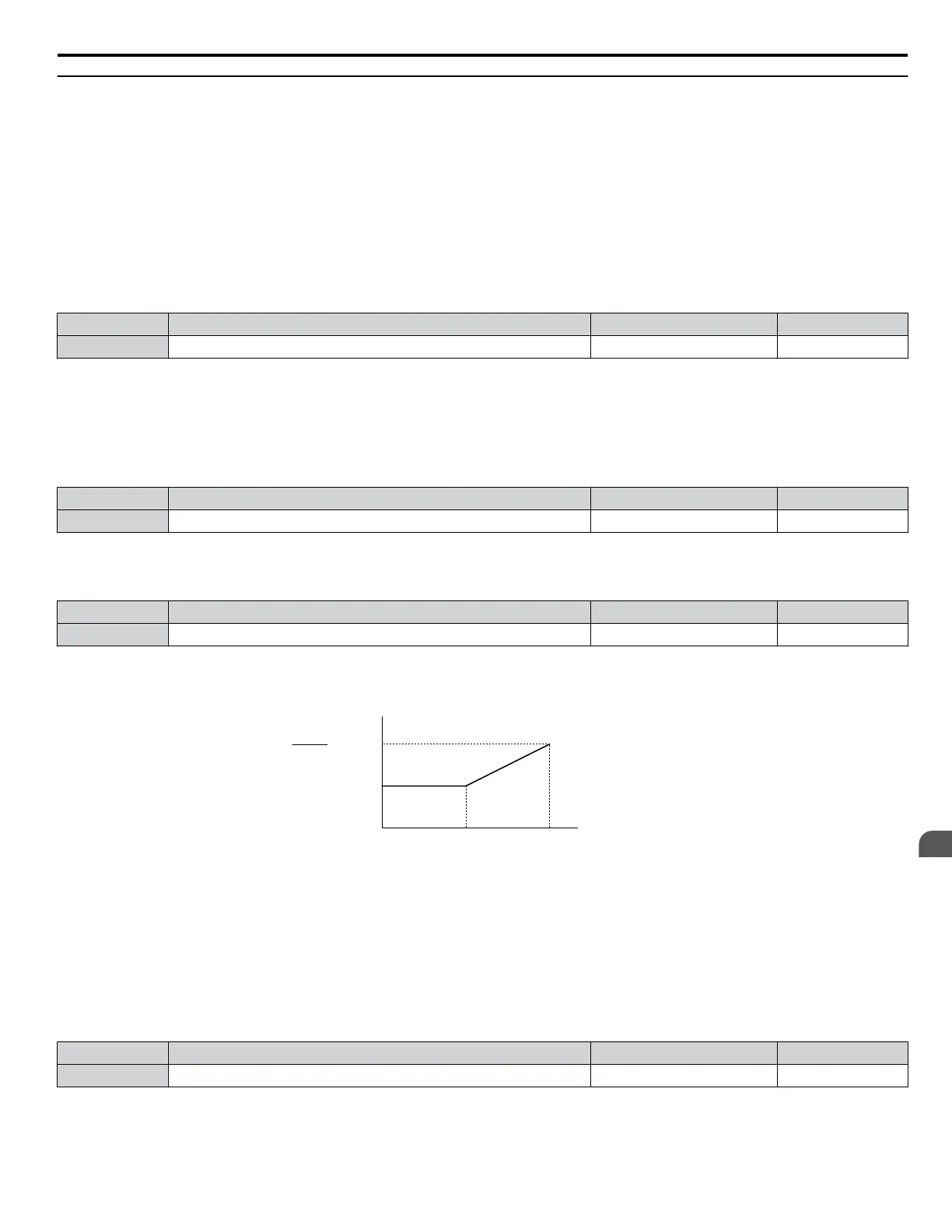